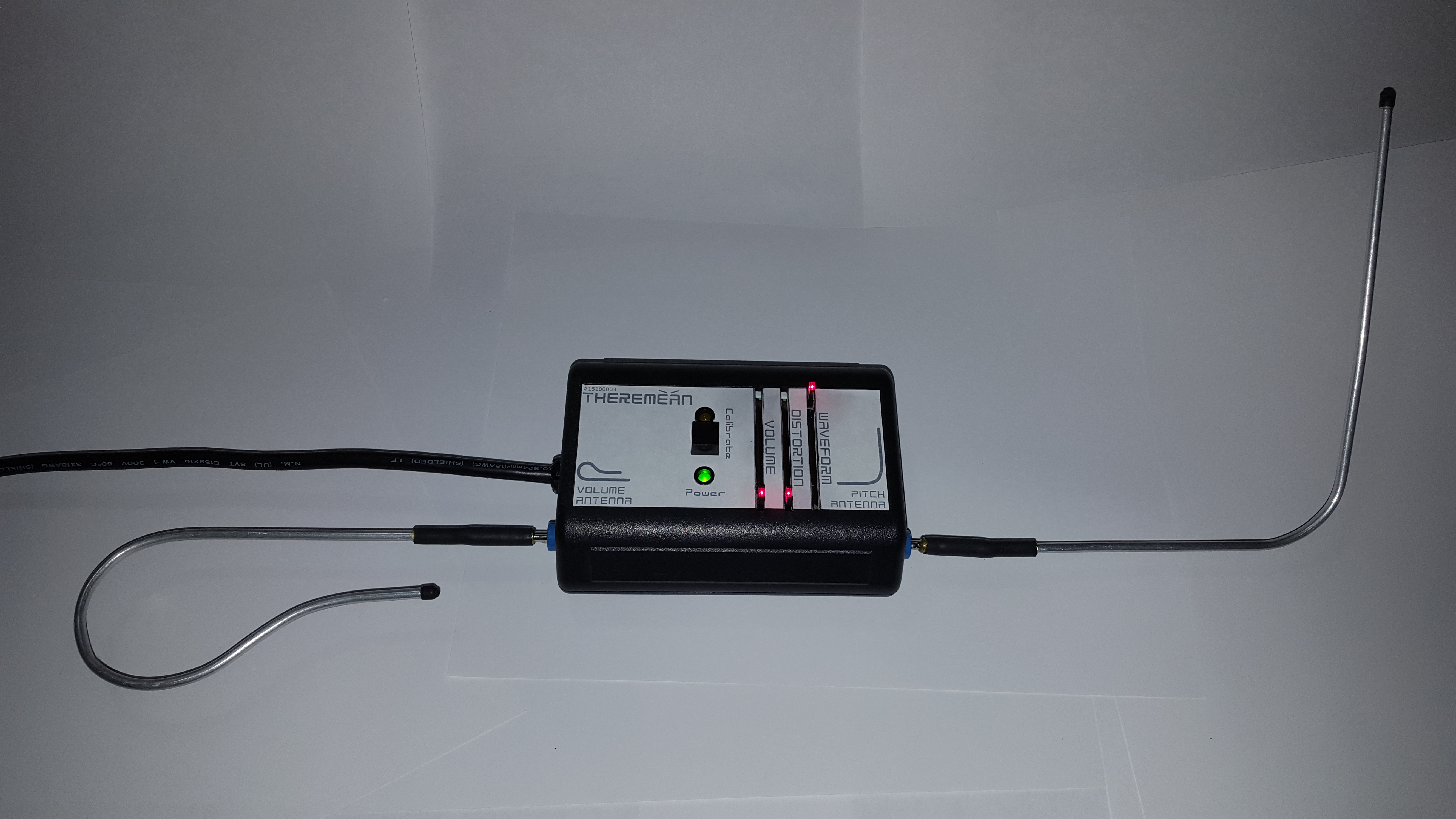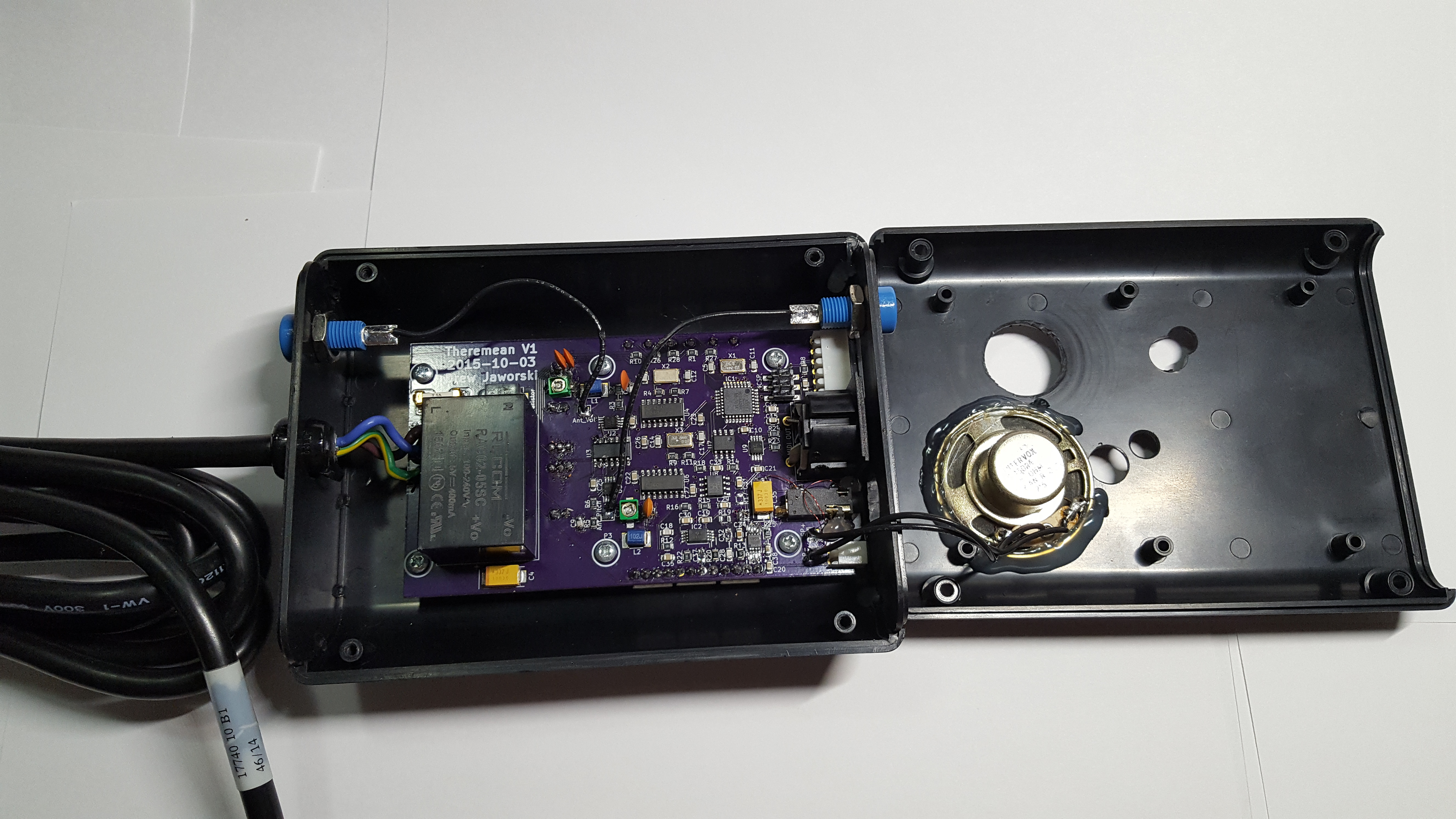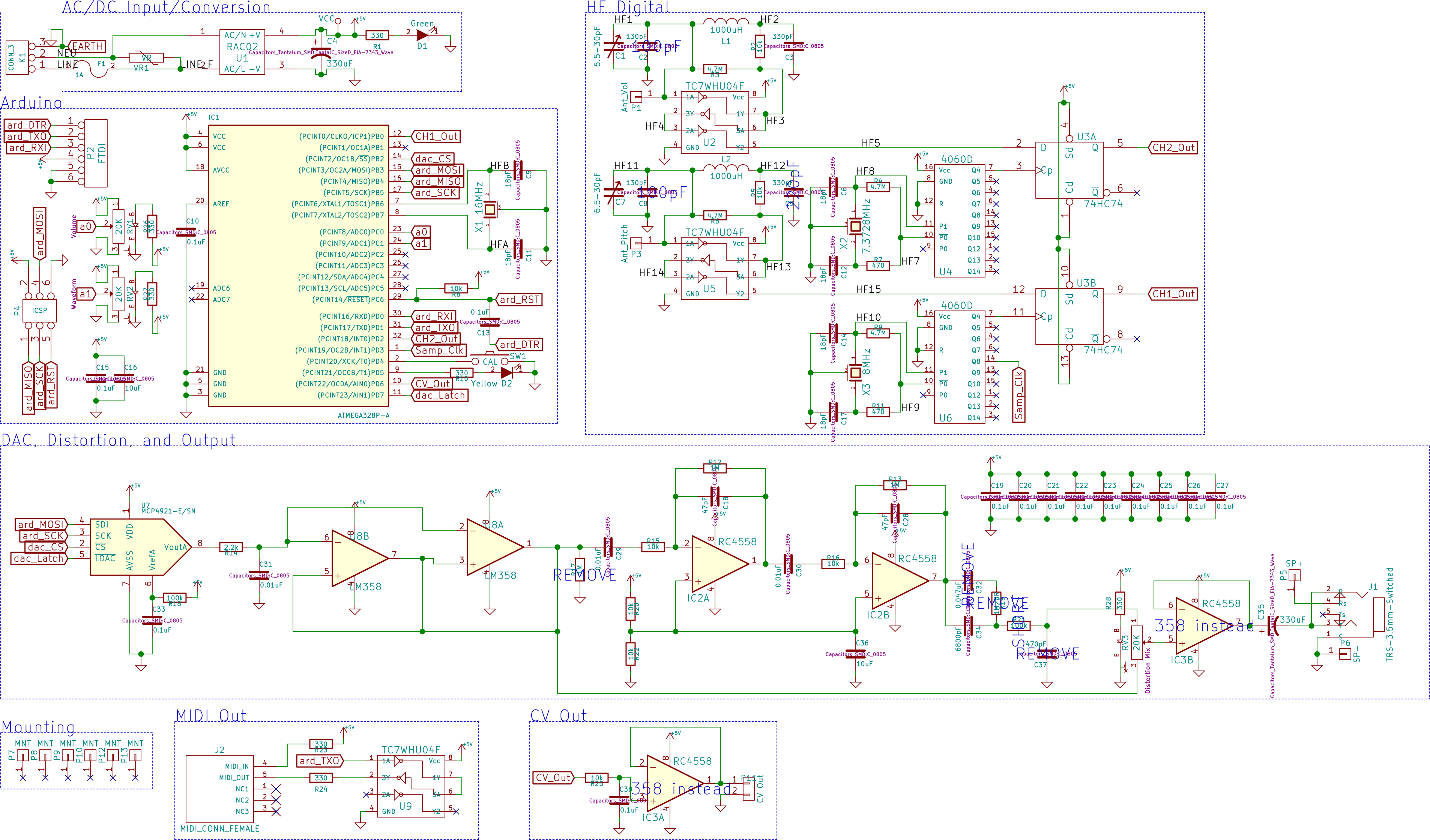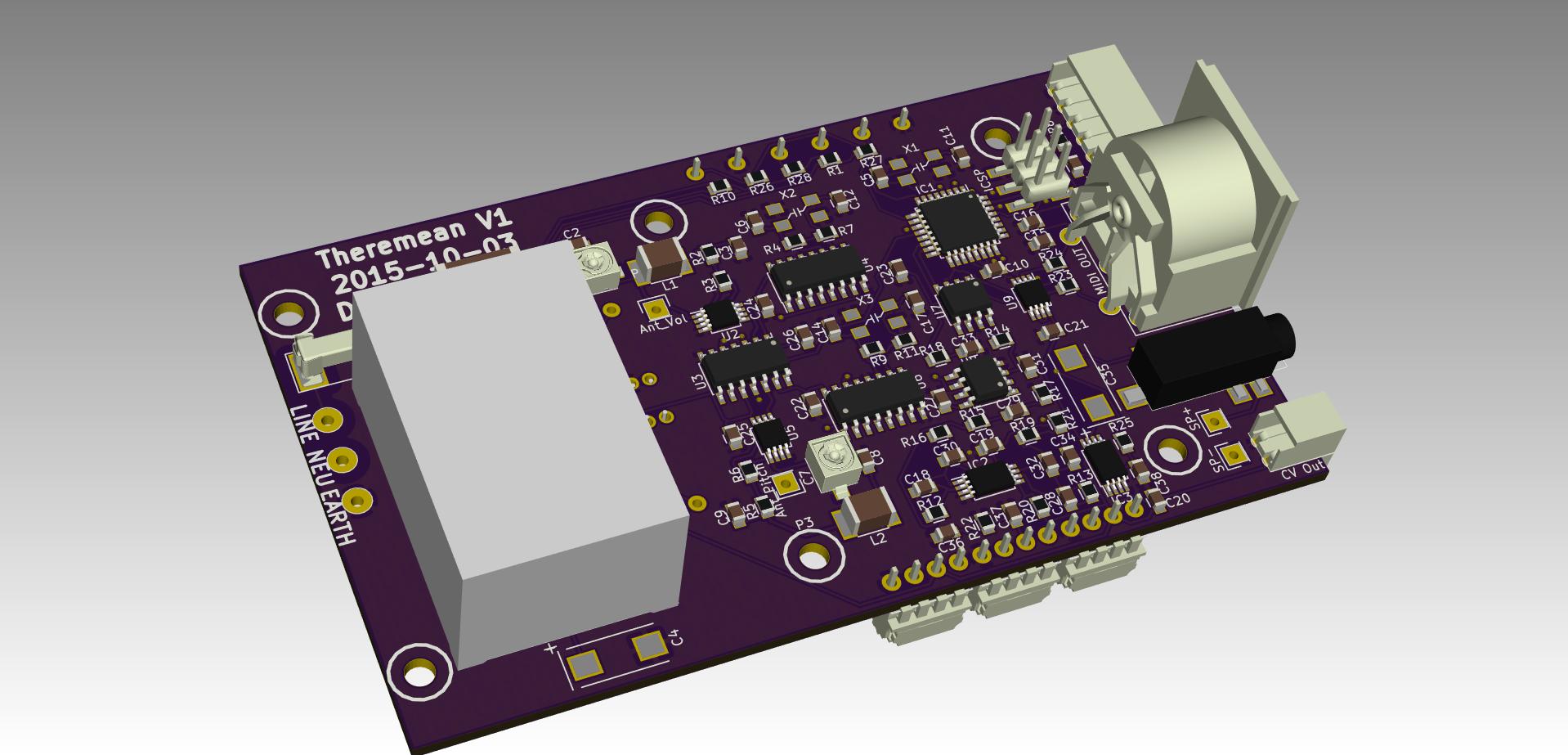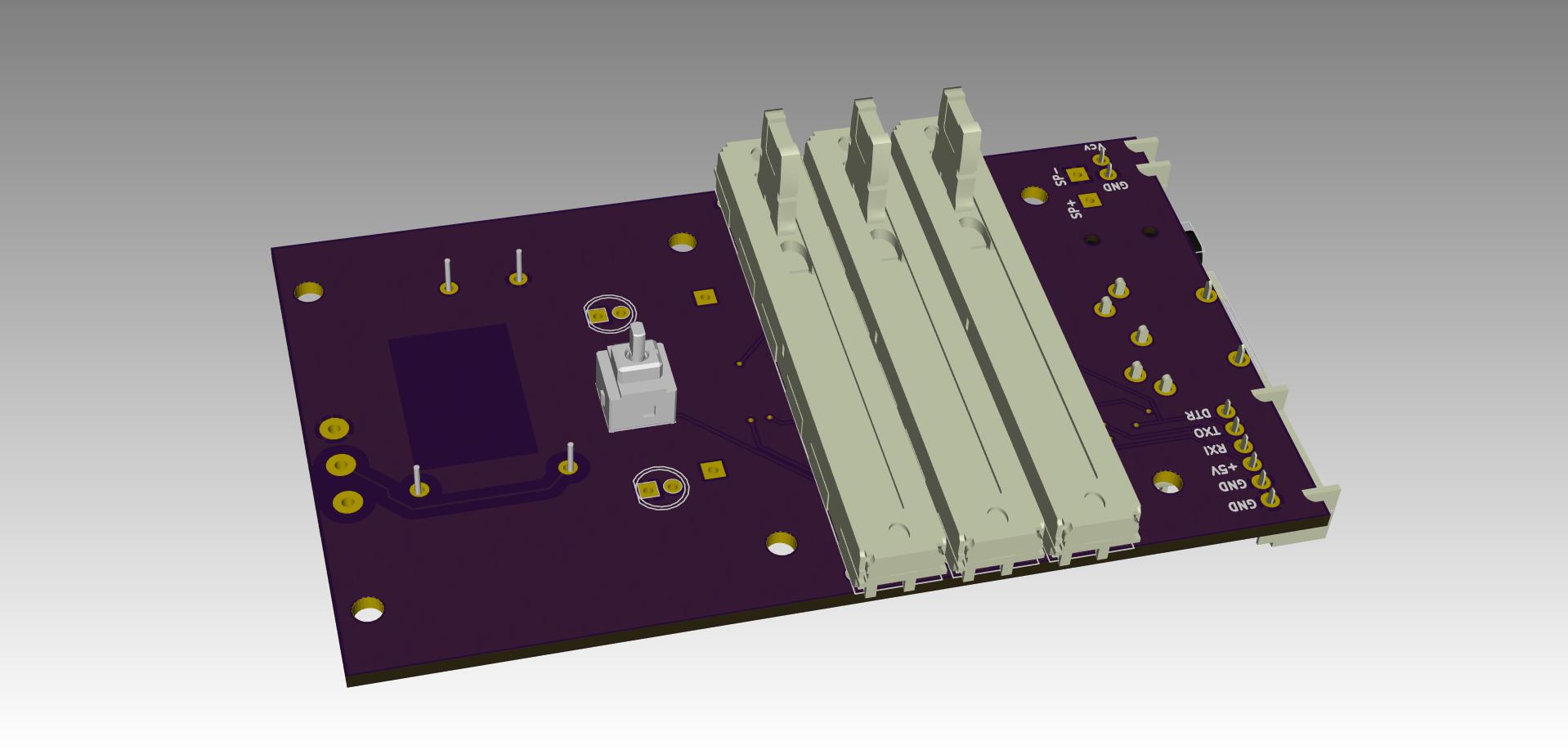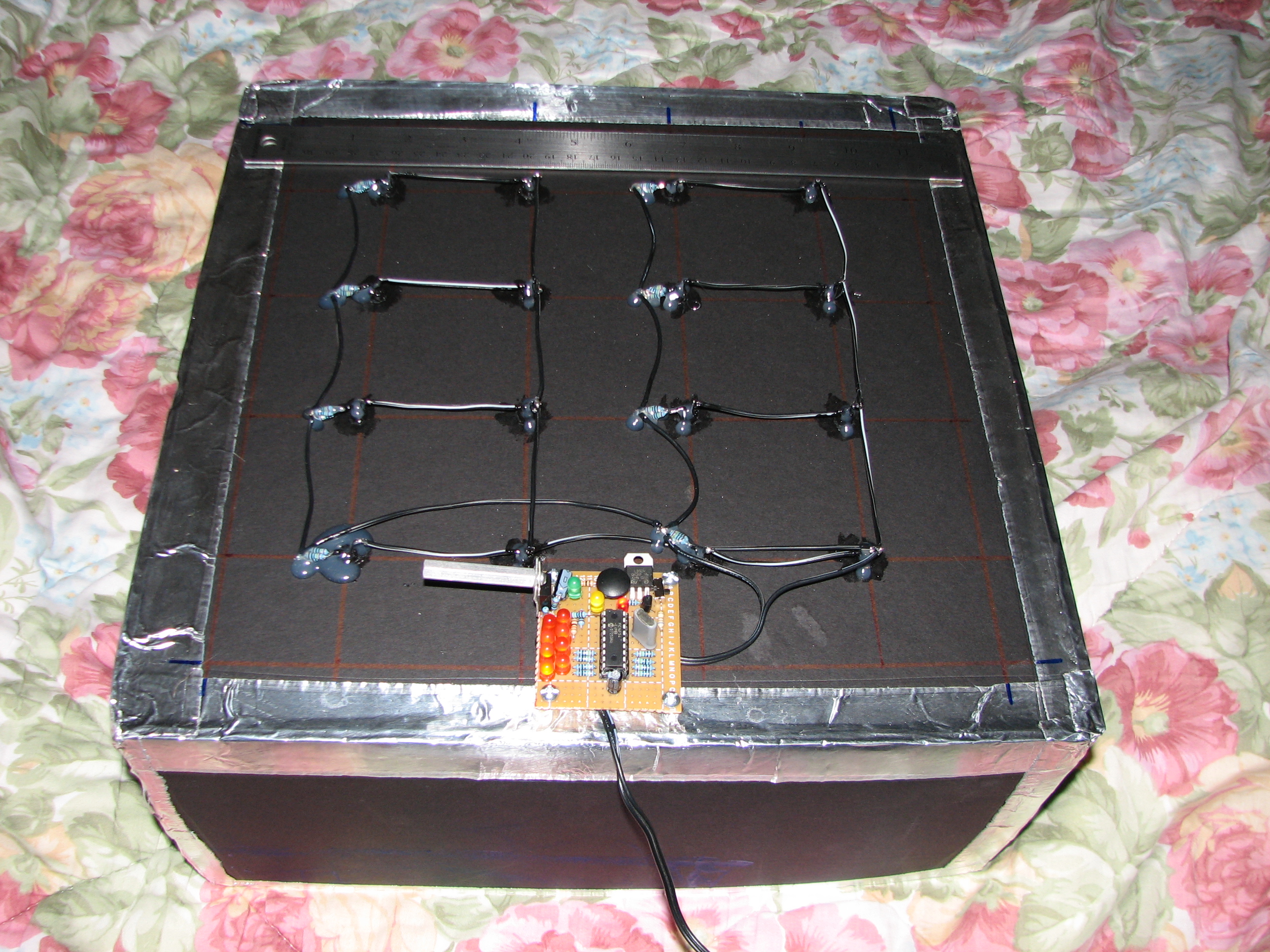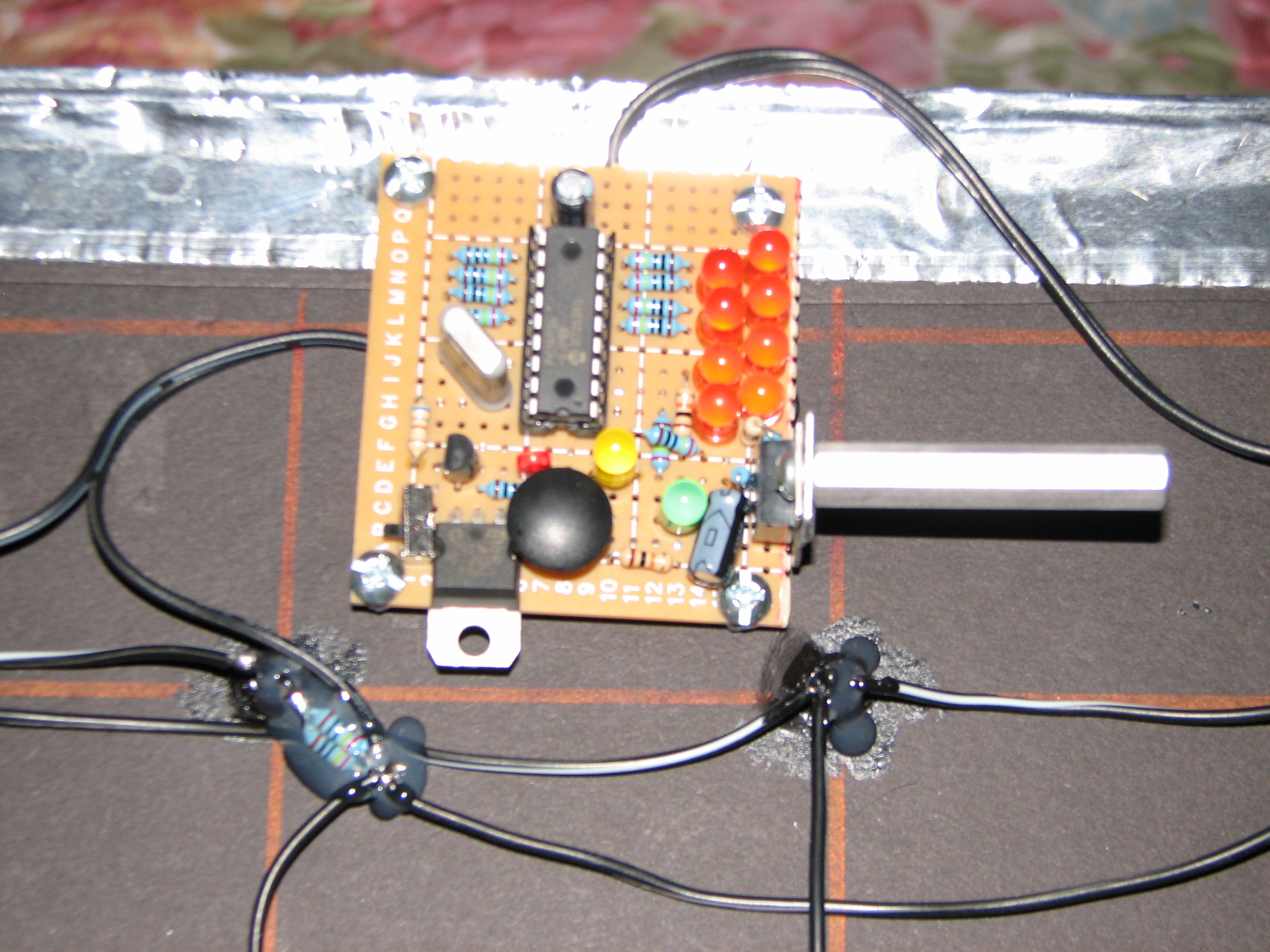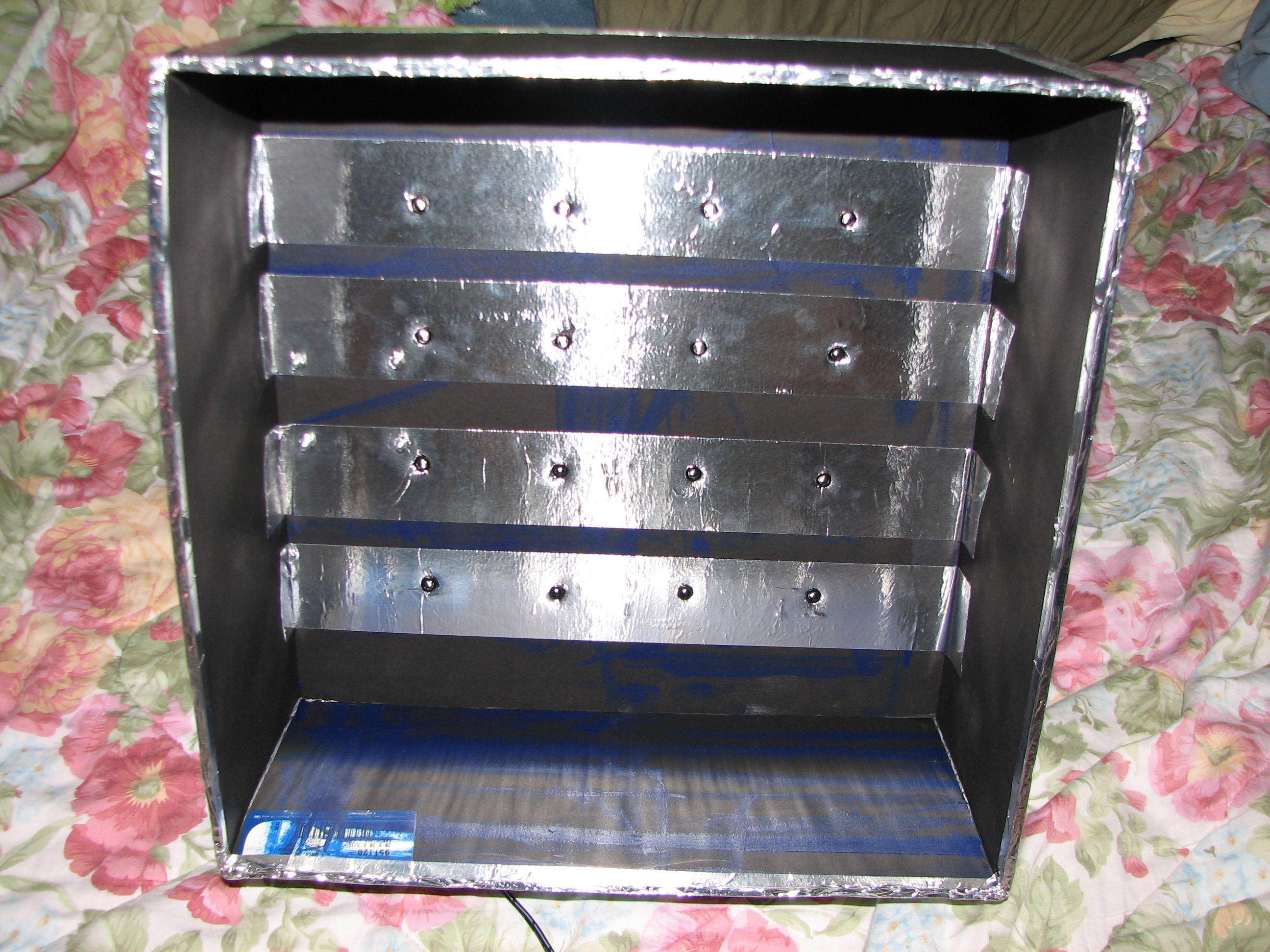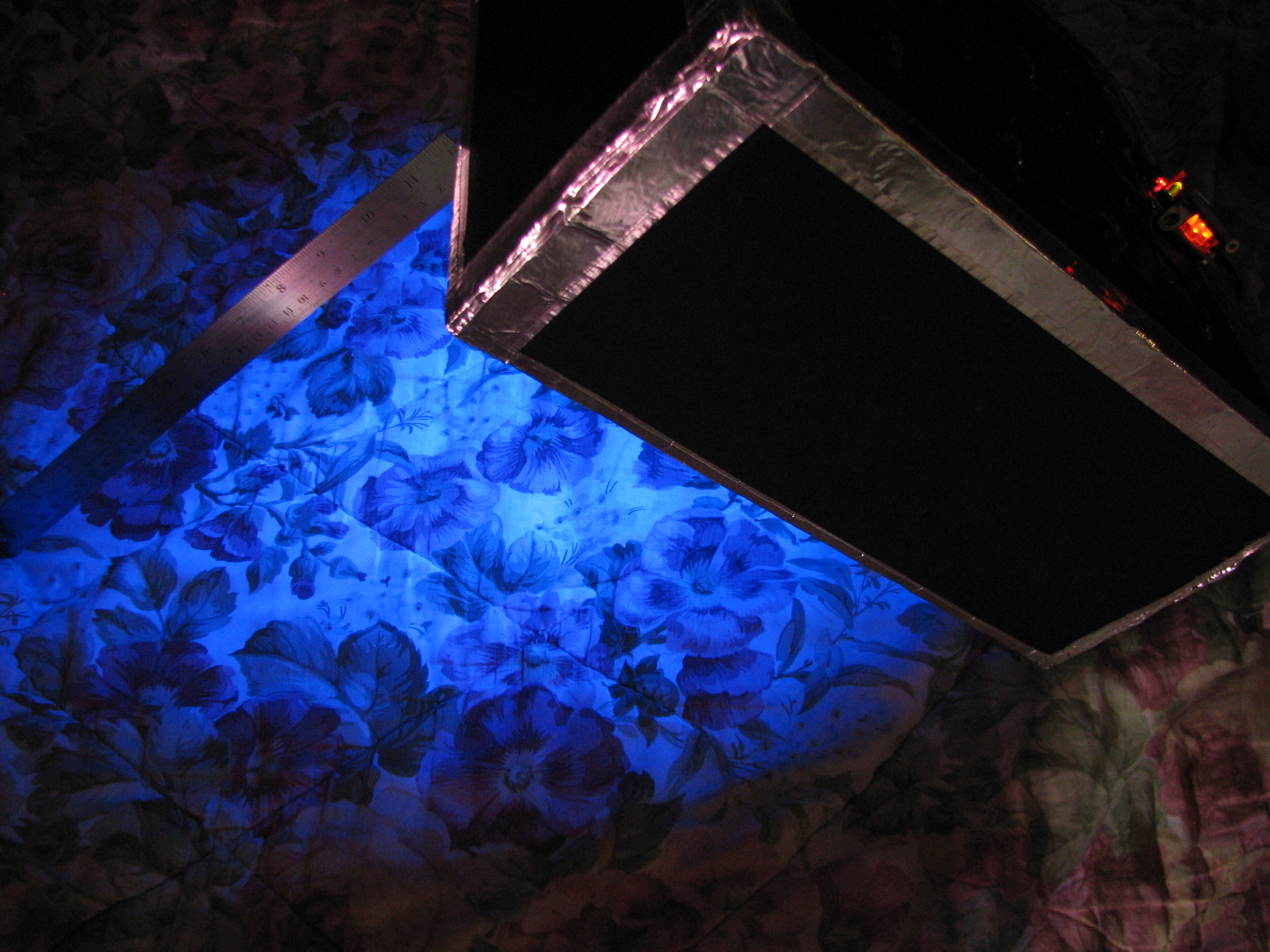I purchased a 12" Newtonian telescope with a Dobsonian mount back in March 2025. Overall, I am happy with it and spent a few months going out with it on a regular basis, but then my health problems started getting the worst of me for most of Autumn 2025 and I didn't take it out for several months. We had an old family friend who I unfortunately did not get to spend enough time with before he passed away in 2021, and I only discovered recently that he had (among many other hobbies) a larger truss-frame Dobsonian, the details of which I do not know and it was passed down to his son whom I don't keep in touch with; hopefully it is getting used occasionally and not just collecting dust. The point of bringing that up is that I told his family that I really enjoy the hobby and didn't plan to let my telescope collect dust. Well, I have been doing exactly that and I feel bad because I WANT to be able to use it, but, while the process of moving it outside and setting it up is not too bad, actually sitting outside and using it longer than an hour or so is physically difficult/uncomfortable for me. I built a small wooden stair-set/bench on wheels that works really well, but I need to make/modify some cushions to put on it for extended use and I just have not got around to it yet. But sitting/viewing is only half of the difficulty, my eyes just can't handle the strain after a while; perhaps a bino-viewer is the answer, but I don't have the money to spend frivolously on things like that. I am also interested in eventually getting a proper image intensifier (night vision) one day, but that's several thousands of dollars for even a basic monocular setup.
The telescope came with two basic eyepieces, a 30mm 68-degree (2") and a 9mm 52-degree (1.25"). The 9mm eyepiece is basically useless and hard to see anything with; not much better than what people were using 100+ years ago. Shortly thereafter, I bought some used shorter-focal-length (higher magnification) eyepieces from the Cloudy Nights forum's Classifieds section:
- a Celestron Luminos 7mm 82-degree (1.25") for $85, which works ok, but I think it was damaged slightly during cleaning at some point so the clarity is not great, and
- a Baader Hyperion 68-degree 5mm (1.25") for $150, which has been my favorite for a while now; I love looking at deep space objects up close and personal.
This morning, I discovered yet another thing I can't handle well makes it hard to use my telescope: COLD. I went to sleep early on December 18th, 2025, with the intention of waking up at 4am to go out and look at 3I/ATLAS, the third and truly-mysterious interstellar comet to have (knowingly to humanity) passed through our solar system, for the first time. I managed to get myself out of bed around 4:30am, put on several layers of clothes, and setup the telescope for the first time in months. First thing I discovered was that my secondary mirror was WAY out of alignment, and I do not know why, so I got to work on adjusting that and quickly determined that, even with gloves on, I was just plain too cold to work effectively and I was trying to be as lazy as possible with the setup of everything. I could not get a good image of ANYTHING and decided it was not worth it after about 30 minutes of fiddling and going inside to warm back up every few minutes, so I packed it all back into the house, very disappointed with myself. Disappointed enough to come to my computer and start writing this up, sigh.
Maybe I will try again this weekend, when it is a few degrees warmer and I don't have to worry about work afterwards, because I am physically exhausted already just from that little foray back into the skies. I miss having a body and mind that worked well. I am still having a hard time accepting that I simply can't do the things I used to be able to do.

